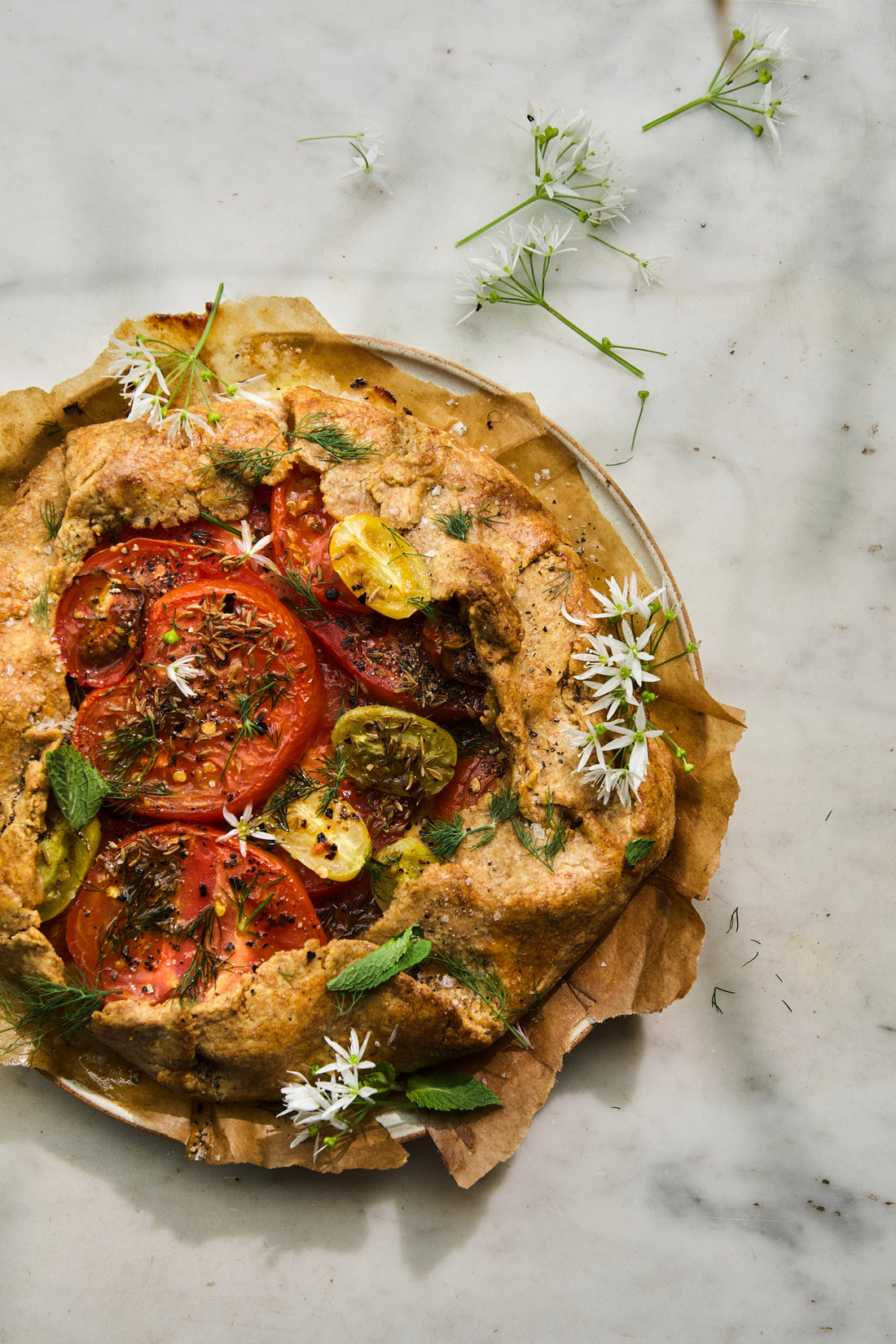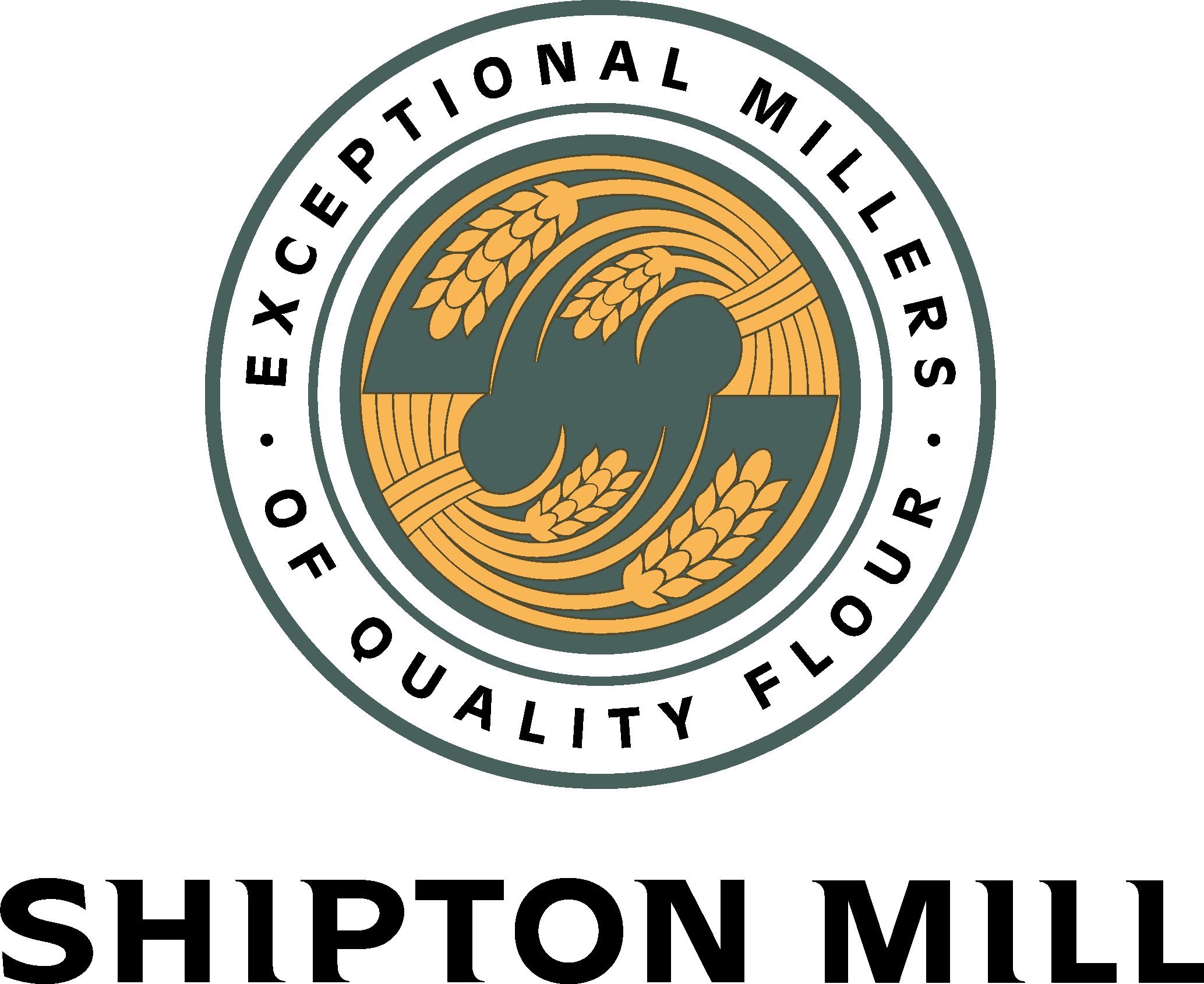A Guide to Ancient Wheat

Ancient Wheat
There are four species of wheat available today that might be termed “ancient”. These are Einkorn, Emmer, Spelt and Khorasan.
Einkorn
This is one of the earliest forms of cultivated wheat, seeds having been found in sites dated to 8000BC, but its use or cultivation decreased in the Bronze Age. Surviving on poor soils, it is now largely relegated to that of a local food crop, typically in the mountainous areas of countries such as Morocco, the Baltic States and Turkey. It is not easily milled, having very tight husks or glumes that enclose the grains and have to be mechanically stripped before the milling process can begin.
There is evidence that the proteins in Einkorn may not provoke such extreme allergic reactions in sufferers of wheat intolerance as can be attributed to modern wheat proteins, although there is as yet no official scientific backing for this.
Emmer
Widely believed to be derived from the hybridisation of Einkorn with a variety of wild grass, Emmer was the first widely cultivated domestic wheat. Also known as Farro in Italy, it is a low yielding wheat that is now only found in mountainous regions of Europe and Asia. Like Einkorn and Spelt it has very strong husks that make it harder to mill as these husks have to be removed first.
Its early popularity as a cultivated wheat lasted from 7700BC to the Bronze Age, c.3000BC, when barley took over as the “standard” cereal crop. In Ancient Egypt, despite neighbouring countries growing Einkorn, durum and common wheat, Emmer was the only cultivated wheat during the Pharonic period. Emmer and barley were the principal ingredients in Egyptian beers. Emmer is often mistranslated from ancient writings as Spelt, particularly in rabbinic references and also in Greek and Latin translations. Spelt did not grow in ancient Israel and also only appeared later on in Roman history, whilst Emmer was a significant crop until the end of the Iron Age.
Its main use is as a bread flour. In Italy it is used as a whole grain in soups and has a limited application in pasta. Being closely related to common wheat it is unsuitable for sufferers of wheat allergies and coeliac disease.
Khorasan
Named after the Khorasan region of Northern Iran, our Khorasan flour is produced from an ancient variety of Durum wheat, Triticum turanicum - also named “Kamut”. This wheat is likely to be descended from Emmer and has been traditionally cultivated over the centuries in subsistence farming systems in the Near East and Central Asia. Khorasan wheat is ideally suited to organic farming practices, being a tall variety that is naturally resistant to fungal attack. The Khorasan wheat grain is visually very distinctive, being very long, almost 50% longer than spelt grain and also with a very high humped back.
In keeping with these ancient traditions, we gently stone grind the Khorasan wheat to produce a wholemeal flour. Being closely related to Durum wheat, Khorasan is ideally suited to making pasta, as well as traditional middle-eastern flatbreads. Khorasan also makes delicious bread, although gentle handling is needed to produce the best results.
Some people with intolerances to modern wheat varieties have found they can enjoy products made with Khorasan flour.
Spelt
Of these four grains, Spelt is probably the most widely known, having seen a recent resurgence in popularity as a health food, particularly as it delivers a less serious reaction in sufferers from wheat intolerance. It is however closely related to common wheat and as such is not suitable for those with coeliac disease.
It was an important staple in Europe from the Bronze Age through to Medieval times, being the principal wheat species in Southern Germany, and at one time in southern Britain too. It is often referred to as “Roman wheat” given its frequent discovery in Roman burial sites, and its DNA is remarkably similar from these finds to modern Spelt grown today.
Possibly derived from a cross between Emmer and another wild grass, it is thought to have originated in the Near East. A second hybridisation might have resulted in its later appearance in Europe, as modern research has shown that crossing Emmer with modern bread wheat also results in Spelt.
Keeping these ancient wheats alive is an important part of the stewardship of genetic diversity that will contribute greatly to the richness of our natural environment. They have a place in our food heritage, being the original domesticated grains.



